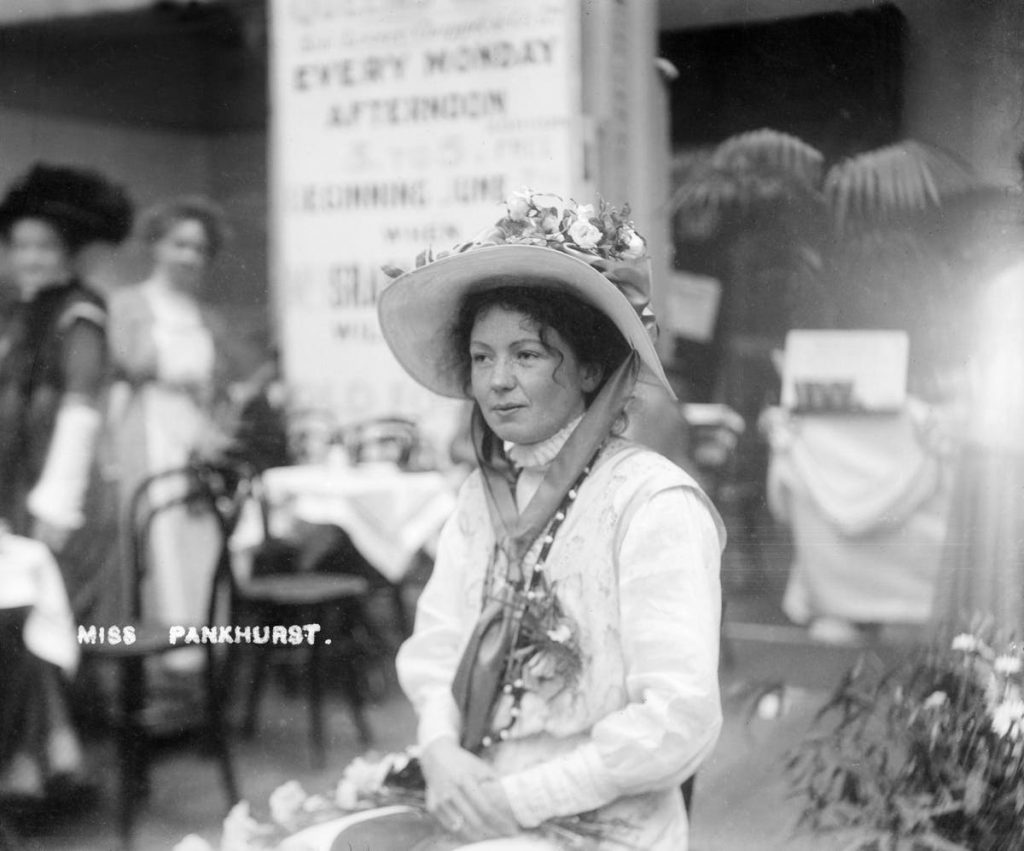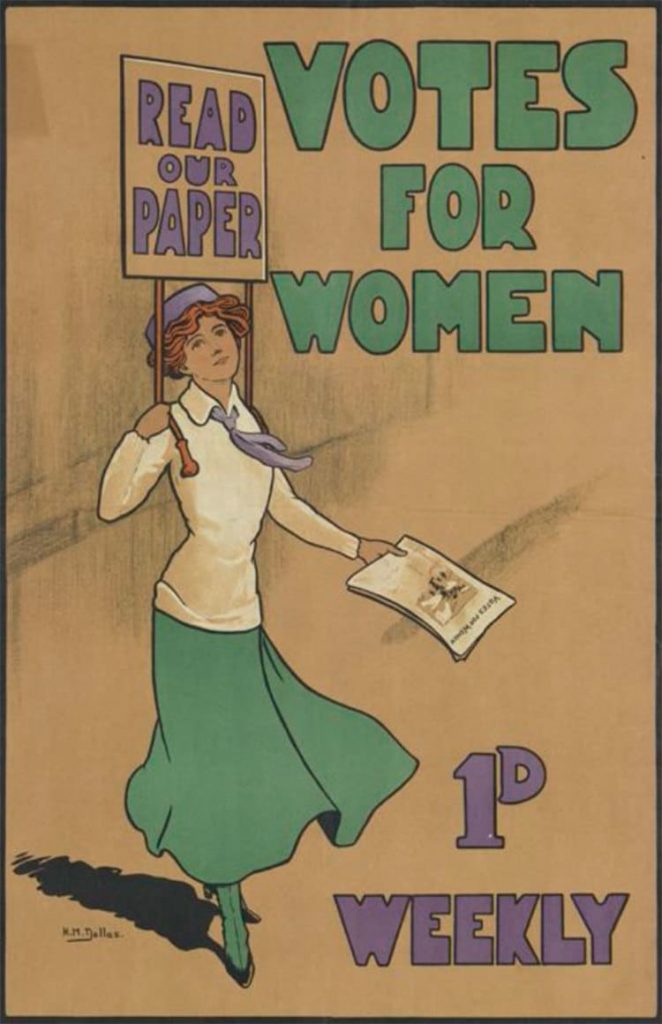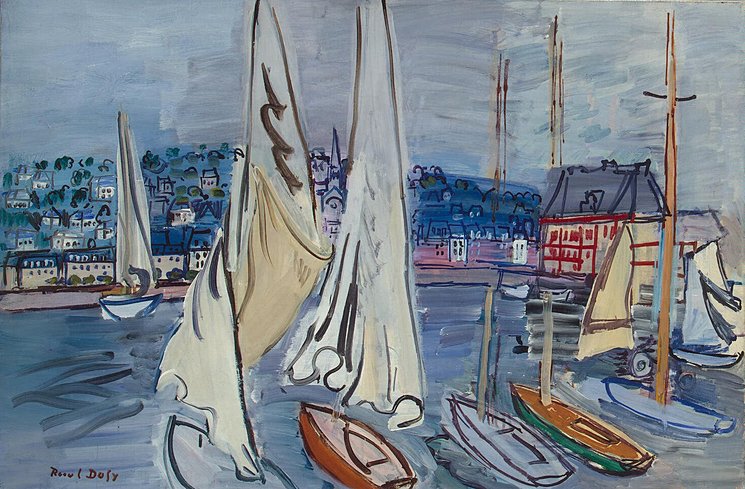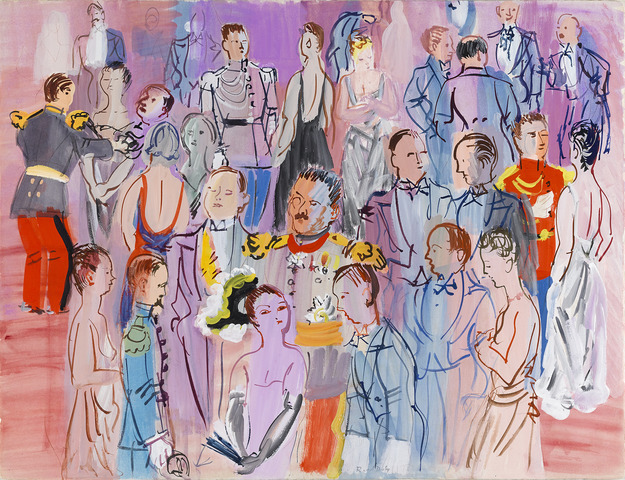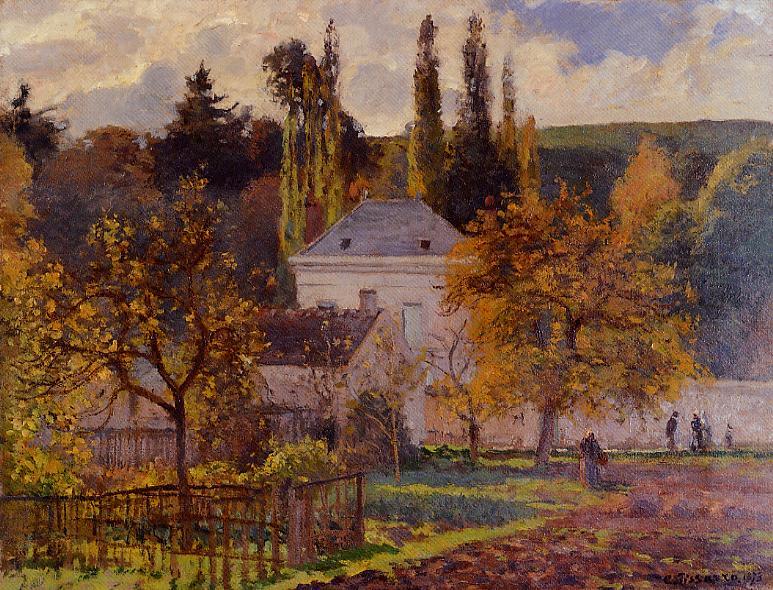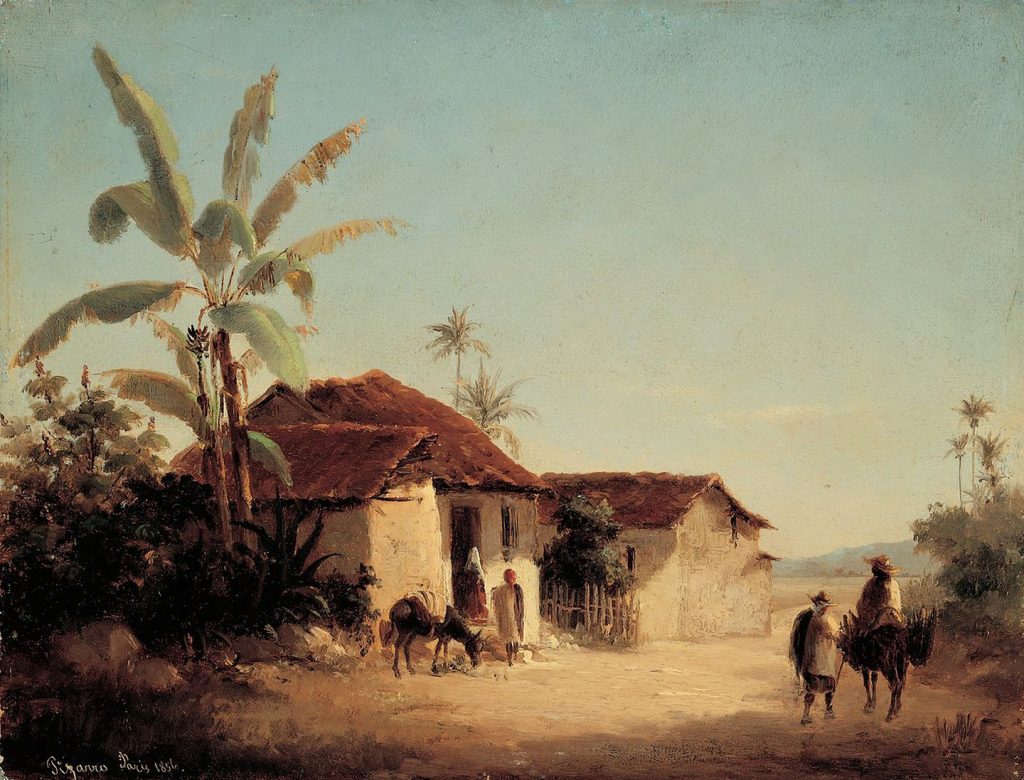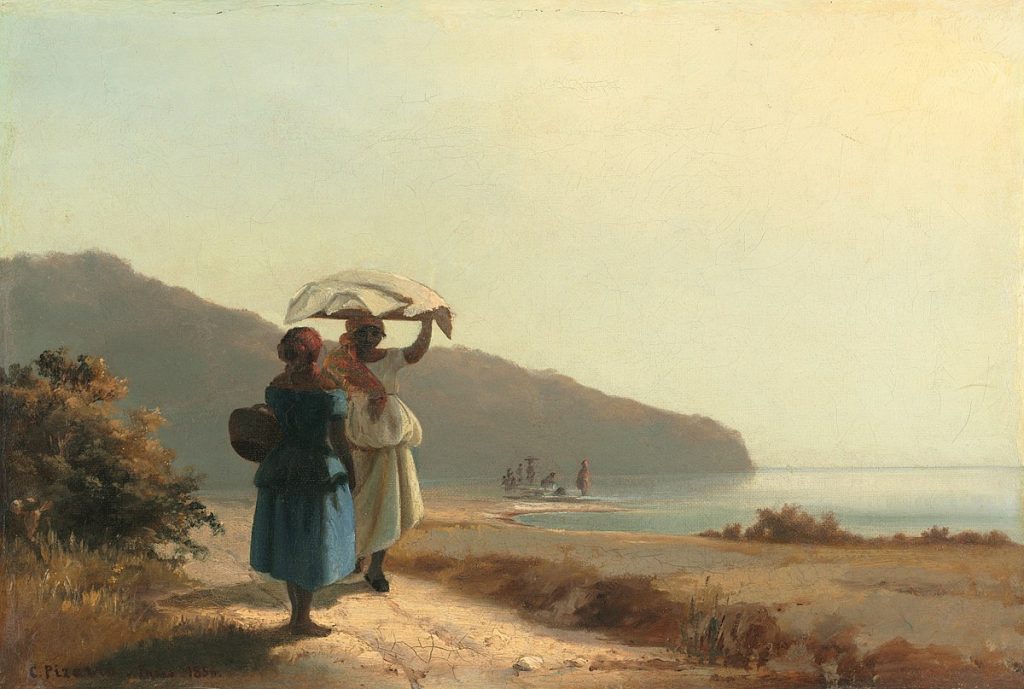YVES TANGUY (1900-1955)
Raymond Georges Yves Tanguy was highly recognized for his surrealist paintings. Tanguy’s subject matter for his paintings include dreams, childhood memory, hallucinations, and psychotic episodes. Yves Tanguy did not only have a unique style of painting, he was a unique individual who enjoyed eating living spiders.
Tanguy was a self-taught painter whose precision and skill disguised his lack of training. His lack of experience for being quite a young painter did not seem to affect people’s judgment of him. It rather surprised many to see how such a young artist could have such a mature sense of style to his painting. Tanguy was one of the first surrealist painters who was capable of capturing his unconscious thoughts into an atmosphere.
Early on in his career, Tanguy met Andre Breton. This was his lead way into meeting the group of surrealists at the time, including Pablo Picasso, Max Ernst, and Andre Masson. In 1928, Tanguy joined this group of painters to exhibited his work at Paris’ “Galerie au Sacre du Printemps”. Tanguy soon after would exhibit his pieces across the world, he had exhibits in New York, Brussels, Paris, and London.
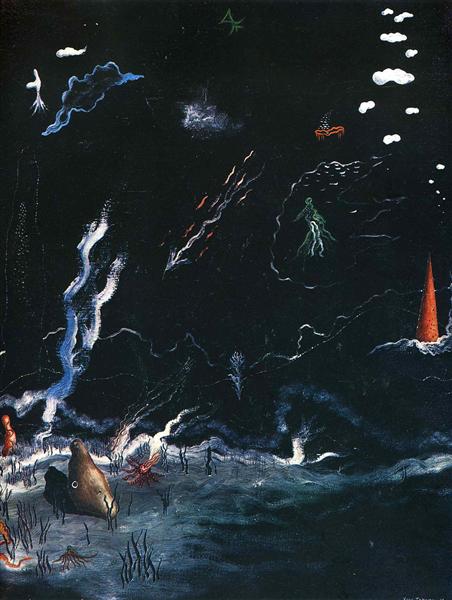
https://www.wikiart.org/en/yves-tanguy/storm-black-landscape-1926
Looking at the work of Yves Tanguy, I can see that his paintings are a self-reflection of himself. As a person and painter, Tanguy has a strange personality that is somewhat admirable. I admire how he does not shy away from the unusual however I do not see myself gravitating towards his art. For me, I like to be able to recognize the subject matter of a painting. When I look at Yves Tanguy, I do not know what I’m looking at. The only thing I know is that this French painter was very good at conveying the depth of field and turning shapes into objects. His paintings almost look sculpture-like.

https://www.wikiart.org/en/yves-tanguy/tomorrow-1938

https://www.wikiart.org/en/yves-tanguy/through-birds-through-fire-but-not-through-glass-1943
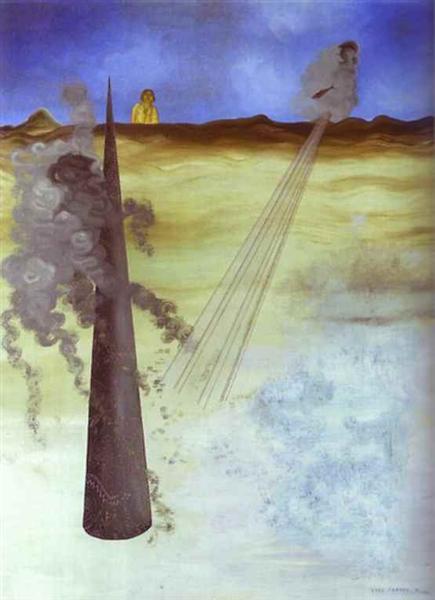
https://www.wikiart.org/en/yves-tanguy/i-came-like-i-promised-1926
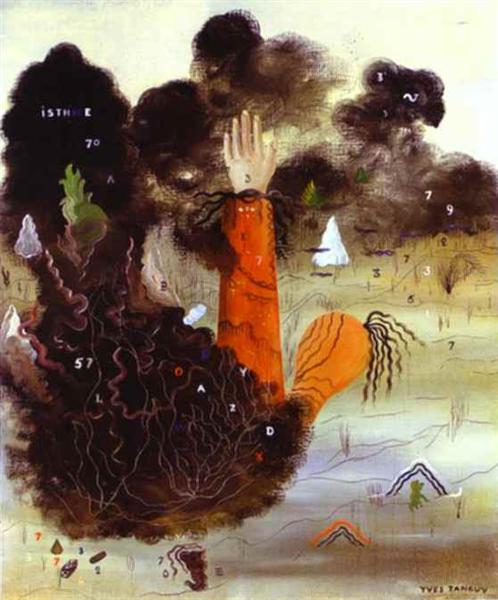
https://www.wikiart.org/en/yves-tanguy/the-hand-in-the-clouds-1927
Sources:
https://en.wikipedia.org/wiki/Yves_Tanguy
